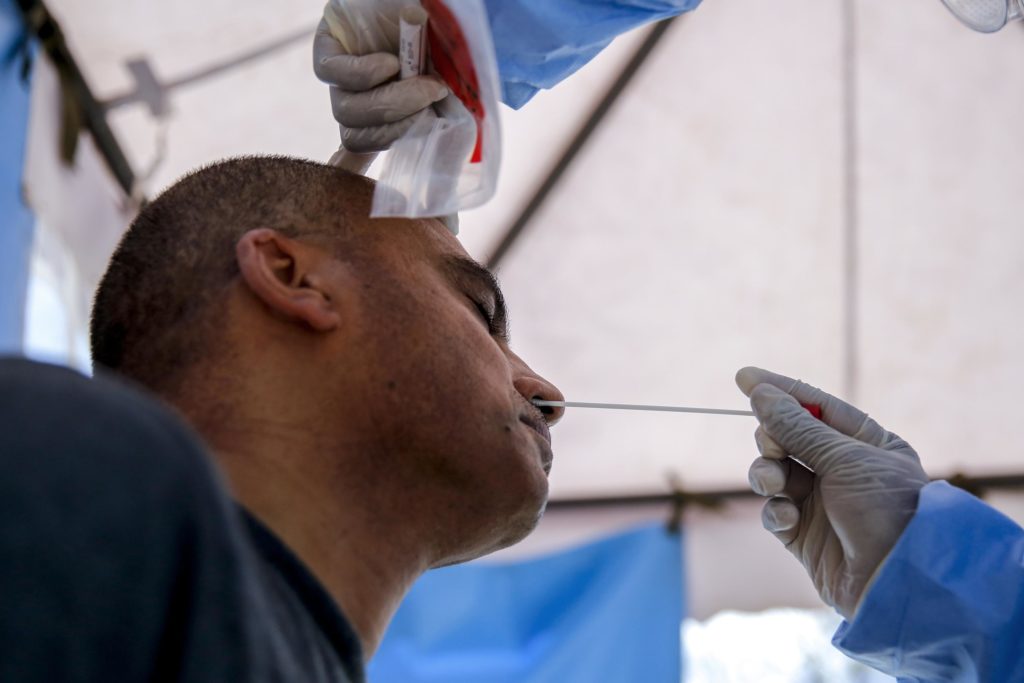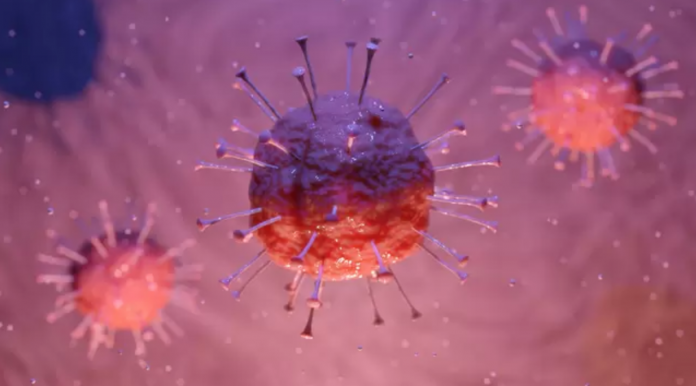Cape Town – Scientists around the world have been tirelessly working to find a cure for COVID-19. A group of South African scientists and researchers have contributed to the cause and have made a vital discovery.
A team from the National Institute for Communicable Diseases (NICD) and the South African National Bioinformatics Institute (SANBI) at the University of the Western Cape (UWC) have successfully sequenced South Africa’s first SARS-COV-2 genome.
What does this mean?
A genome is the genetic material of an organism. The team of researchers were able to sequence the first SARS-COV-2 genome in South Africa, which will provide a genetic “fingerprint” that can help scientists understand and contain the spread of COVID-19.
“Much like you look more similar to your siblings and cousins than you do to a person chosen at random, this fingerprint of viruses can be used to organise the samples into clusters and thus understand the spread of the disease,” said Peter van Heusden, SANBI researcher.
Scientists from the NICD were able to obtain enough virus DNA from a sample to complete a virus genome.
Until now it was challenging to get a complete virus genome from samples gathered from a patient’s nose and throat, “but the NICD managed to do it,” said Van Heusden.

How does this discovery contribute to finding the cure?
The work is a contribution to the global efforts to track and trace the ongoing coronavirus pandemic. As of the beginning of April, more than 3000 SARS-Cov-2 genomes were globally sequenced and uploaded to the Global Initiative on Sharing All Influenza Data (GISAID) website.
“Ideally, you want to be able to analyse virus DNA samples to better understand the spread of disease or predict when an outbreak will occur,” says Van Heusden. “With a sufficient number of sequenced genomes, it is possible to reconstruct a phylogenetic tree of the mutation history of a family of viruses.”
After the SANBI researchers were able to decode the first SARS-COV-2 genome in South Africa they then compared the virus genome to others around the world.
“Firstly they give us a ‘fingerprint’ that is useful to understand the spread of the virus,” Van Heusden notes. “In this case the version of the virus found in South Africa looks like the ones found in Europe and the USA, suggesting that the virus is travelling alongside people travelling between SA and those places. ”
Are there different strands of Covid-19?
According to SANBI researcher Dr Ruben Cloete, there are changes in the virus genomes, however they are mostly neutral and make very little difference in how the virus acts.
“It’s important to note that this is true for most changes in a virus: they don’t create ‘super mutants’ but are just like the difference between your eye colour and that of someone else,” Van Heusden notes. “People sometimes panic when they hear that a virus is mutating, but that’s just natural – and most mutations just don’t matter much.”
SA scientists playing a vital role
SANBI-UWC is working alongside teams such as Africa CDC to develop sustainable training across the public health institutes in Africa, helping equip public health workers across the continent in tracking and fighting the COVID-19 pandemic.
The medical scientists involved in South Africa’s first SARS-COV-2 genome include Dr Arshad Ismail, Dr Zamantungwa Khumalo, Dr Phillip Senzo Mtshali, Florah Mnyameni, Dr Mushal Allam, Dr Stanford Kwenda and Dr Jinal Bhiman.
iol.co.za

Putting a spotlight on business, inventions, leadership, influencers, women, technology, and lifestyle. We inspire, educate, celebrate success and reward resilience.















